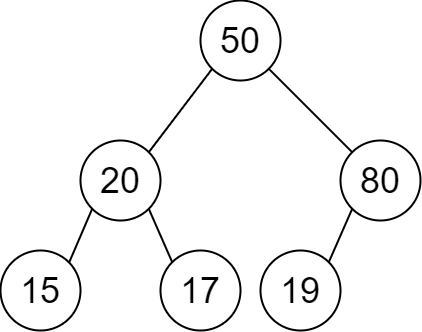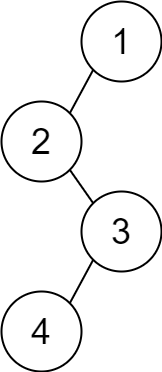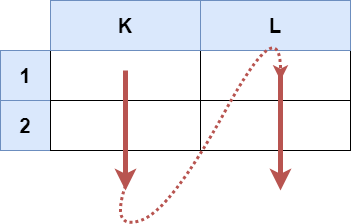You are given a 0-indexed integer array nums. You are also given an integer key, which is present in nums.
For every unique integer target in nums, count the number of times target immediately follows an occurrence of key in nums. In other words, count the number of indices i such that:
0 <= i <= nums.length - 2,nums[i] == keyand,nums[i + 1] == target.
Return the target with the maximum count. The test cases will be generated such that the target with maximum count is unique.
Example 1:
Input: nums = [1,100,200,1,100], key = 1 Output: 100 Explanation: For target = 100, there are 2 occurrences at indices 1 and 4 which follow an occurrence of key. No other integers follow an occurrence of key, so we return 100.
Example 2:
Input: nums = [2,2,2,2,3], key = 2 Output: 2 Explanation: For target = 2, there are 3 occurrences at indices 1, 2, and 3 which follow an occurrence of key. For target = 3, there is only one occurrence at index 4 which follows an occurrence of key. target = 2 has the maximum number of occurrences following an occurrence of key, so we return 2.
Constraints:
2 <= nums.length <= 10001 <= nums[i] <= 1000- The test cases will be generated such that the answer is unique.
Solution: Hashtable
Time complexity: O(n)
Space complexity: O(n)
C++
|
1 2 3 4 5 6 7 8 9 10 11 12 13 14 15 16 17 |
// Author: Huahua class Solution { public: int mostFrequent(vector<int>& nums, int key) { const int n = nums.size(); unordered_map<int, int> m; int count = 0; int ans = 0; for (int i = 1; i < n; ++i) { if (nums[i - 1] == key && ++m[nums[i]] > count) { count = m[nums[i]]; ans = nums[i]; } } return ans; } }; |



